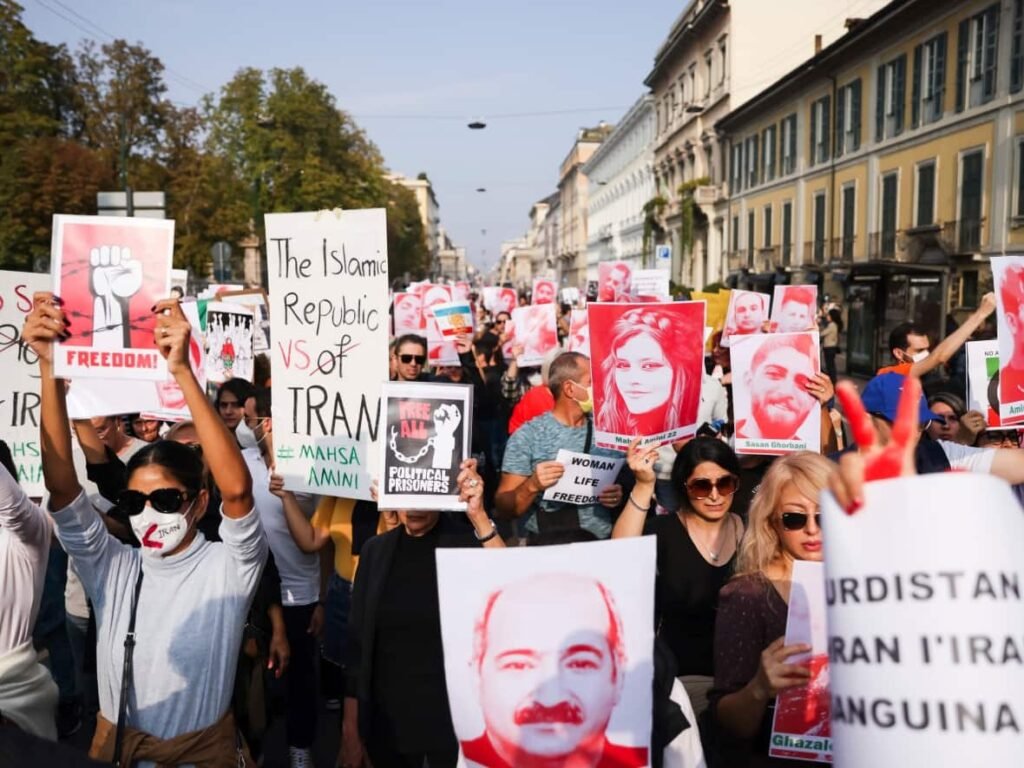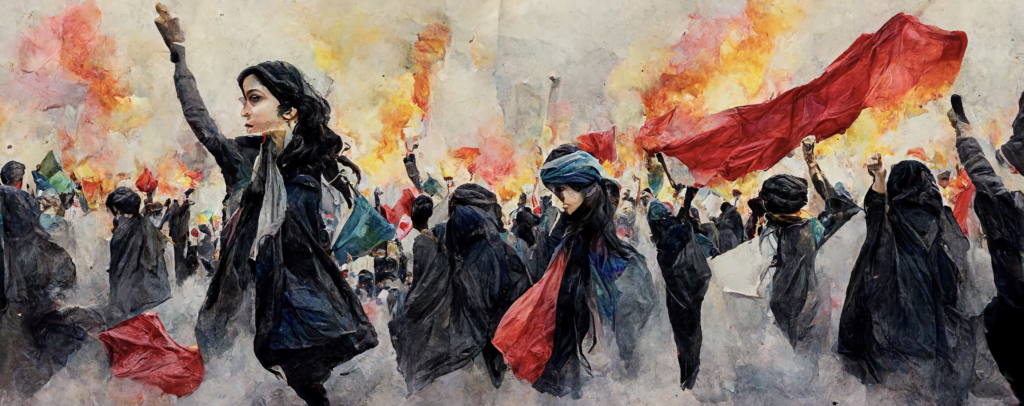The ongoing youth-led uprising in Iran continues to gain momentum as widespread strikes and protests escalate against the ruling regime. This movement, initiated in response to the death of Mahsa Amini at the hands of the Morality Police, has since evolved into a nationwide struggle for fundamental freedoms and economic rights. The protests, which spread across more than 80 towns and cities, have been supported by students, workers, and business sectors alike, signaling a united call for change.
Despite facing severe repression, students from over 100 universities have organized strikes, often joined by schoolchildren, with slogans like “Death to the dictator” and “Women, life, freedom” reverberating across campuses. In addition to student strikes, industrial workers from key sectors—including petrochemical plants, metalworks, and automobile factories—have also joined the movement, highlighting the growing solidarity between various societal groups. Although these strikes are primarily driven by economic grievances, they are clearly inspired by the revolutionary spirit of the youth.

The Iranian regime has responded with harsh measures, attempting to stifle the protests through violence and misinformation. For instance, conflicting reports emerged regarding the disbandment of the Morality Police, an entity central to the protests. While Iran’s Attorney General suggested the force was being dissolved, subsequent state communications clarified that the regime had no intention of making such a concession. These mixed messages are believed to be a tactic aimed at disorienting the protesters, creating confusion within the movement.
Amid the repression, a growing number of revolutionary youth organizations have emerged, particularly in Kurdish-majority regions where the crackdown has been especially brutal. These youth-led neighborhood committees, inspired by the revolutionary councils (shuras) of the 1979 Iranian Revolution, have taken up slogans calling for “Bread, work, freedom” and rejecting both the Shah and the mullahs. However, while these committees represent a significant development in the movement, they are largely confined to youth circles and have yet to establish deep roots within the working class.
The key challenge facing the movement is the need to unite the youth-led protests with the broader working class. Without the active participation of workers, the uprising risks isolation, limiting its capacity to achieve its revolutionary goals. Workers’ unions and organizations have expressed support for the movement, but the task of building a mass movement capable of challenging the regime remains unfinished. The regime has exploited the absence of such unity, using propaganda to warn of foreign intervention and civil war, drawing comparisons to the Syrian conflict to discourage broader participation.
For the movement to succeed, it must focus on bridging the gap between youth and workers through a comprehensive revolutionary program. This program should not only address economic demands, such as reversing austerity measures and ensuring living wages, but also champion political freedoms and the establishment of a democratic system based on workers’ councils and neighborhood committees. Such a program would lay the foundation for a general strike, a critical step in crippling the regime’s control over the economy and pushing toward the overthrow of the Islamic Republic.
Ultimately, the future of the Iranian revolution hinges on the ability of the masses to unite under a common vision of social and economic justice. A socialist revolution, driven by the working class, youth, and oppressed groups, is the only path to ensuring a dignified life for all Iranians. The urgency of building a revolutionary leadership capable of guiding this struggle cannot be overstated, as the fate of the ongoing movement will depend on the strength and cohesion of the forces fighting for a just and equitable future.


